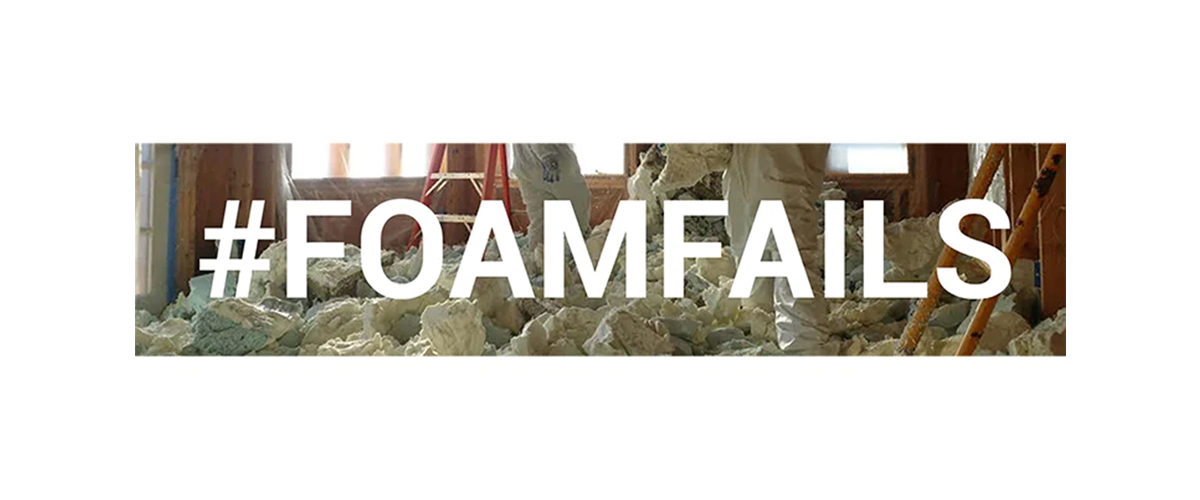I am sure we will get the wrap or your a POS guys out there, but would like to see honest debate about wrapping a house or not wrapping a house for areas that dont specify by code.
Cold climate here. Building a duplex. I am foaming my house with rigid poly spray foam. I have an opinion that I am oversealing the place even though the theoretical ideology with wrap is that it lets moisture out but not in. BUT I firsthand have seen mold developing BEHIND tyvek in the past. It has me tossed. I think if you are in wind zone without vinyl siding and using fiberglass r21 its good to install theoretically. Can I hear your thoughts?
Sh
Cold climate here. Building a duplex. I am foaming my house with rigid poly spray foam. I have an opinion that I am oversealing the place even though the theoretical ideology with wrap is that it lets moisture out but not in. BUT I firsthand have seen mold developing BEHIND tyvek in the past. It has me tossed. I think if you are in wind zone without vinyl siding and using fiberglass r21 its good to install theoretically. Can I hear your thoughts?
Sh


